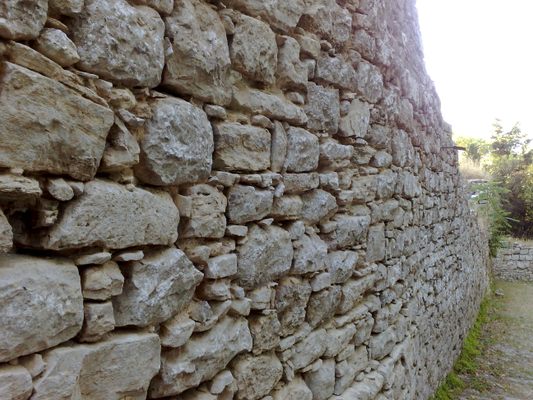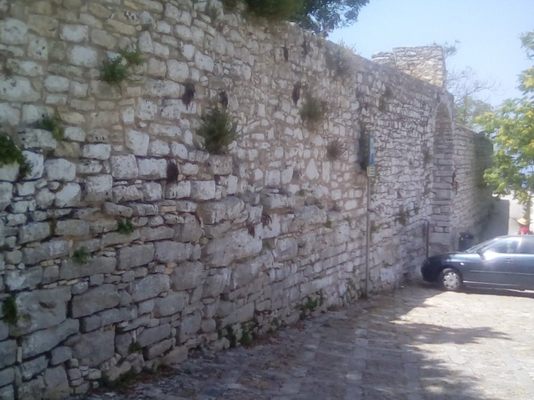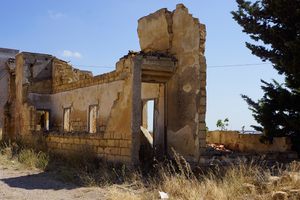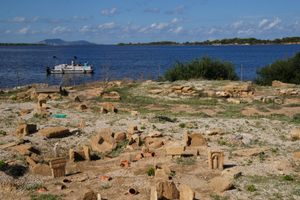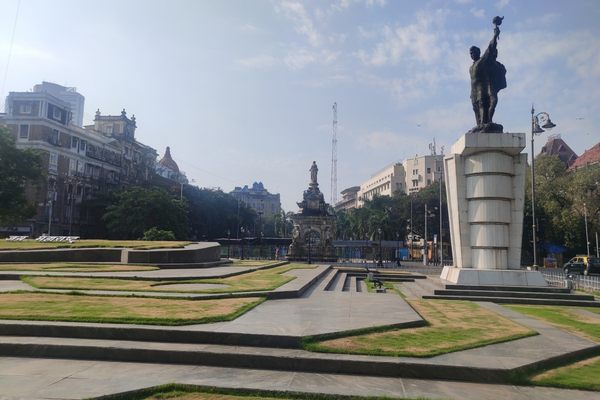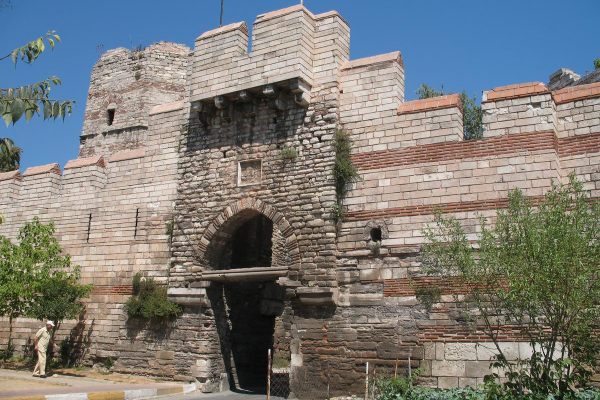About
Tourists flock to Erice, often via the newly reinstated cable car system from Trapani, to see its magnificent collection of Saracen, Norman, and medieval buildings (and to do a bit of shopping and dining). However, those who rush into the heart of the mountaintop town may miss some of its most important archaeological treasures.
Head to the north of the city, and you’ll find walls that have been standing since 800 BC. The limestone barriers are largely the work of the Phoenicians, who founded the city more than 2,500 years ago.
The Phoenician walls, and the parts later modified or built by the Elymians, once hugged the border of Erice. These cyclopean walls were—and still are—testaments to the small, historic town’s impressive fortifications. Walking along the walls reveals different layers of stone from different parts of the town's past. The larger chunks of rock toward the bottom date to its earliest builders, while the stripes of smaller stones along the top were placed there by Erice's medieval inhabitants.
But as with many of Italy's ancient villages, as the centuries wore on, its borders changed. The walls eventually became obsolete. Some parts are badly damaged (the city was sacked by the Carthaginians during the First Punic War) but others are remarkably intact. More than a dozen towers still cap portions of the wall.
Related Tags
Know Before You Go
The walls are signposted well, but to explore them it is probably best to start at the Porta de Spada and work your way back to the cable car station via the Porta de Carmine (or start there and visit the N section first). Look out for the many small doorways that are usually next to the defensive towers.
Flavors of Italy: Roman Carbonara, Florentine Steak & Venetian Cocktails
Savor local cuisine across Rome, Florence & Venice.
Book NowPublished
July 17, 2018
